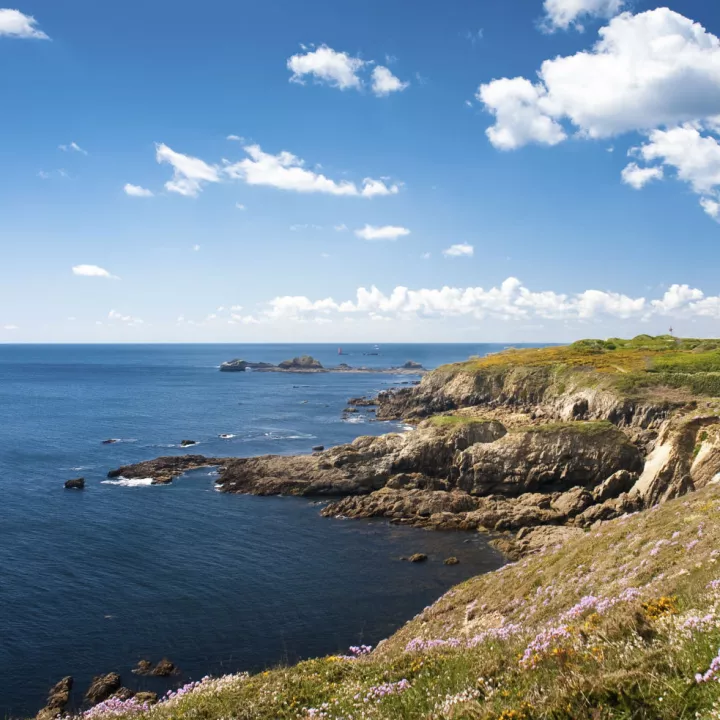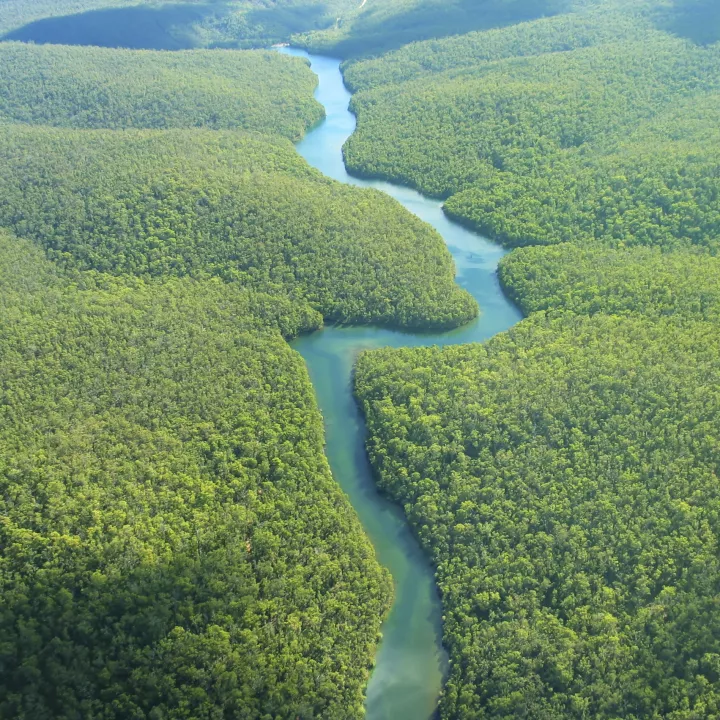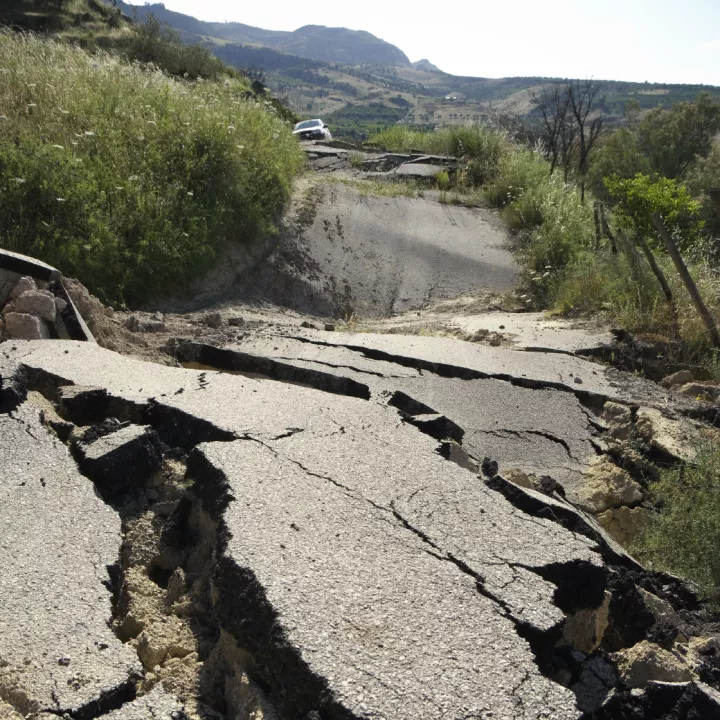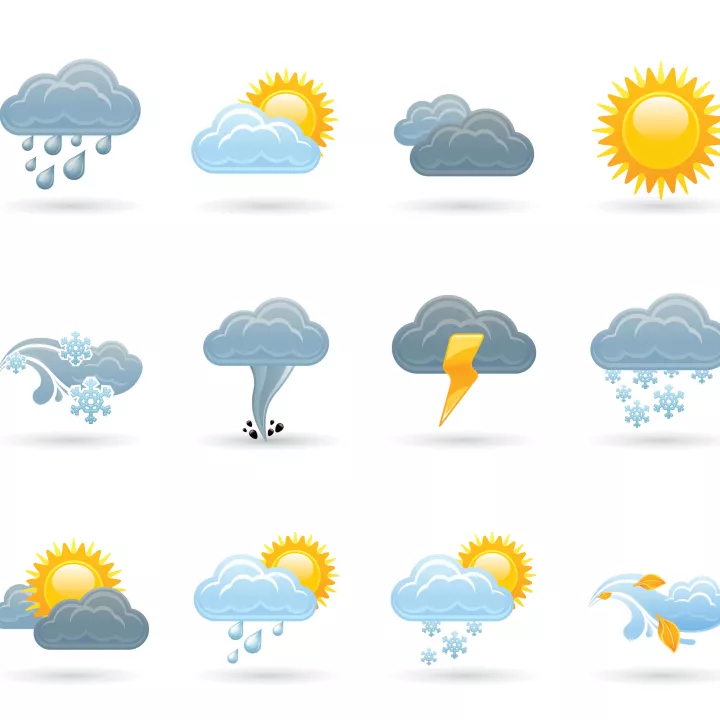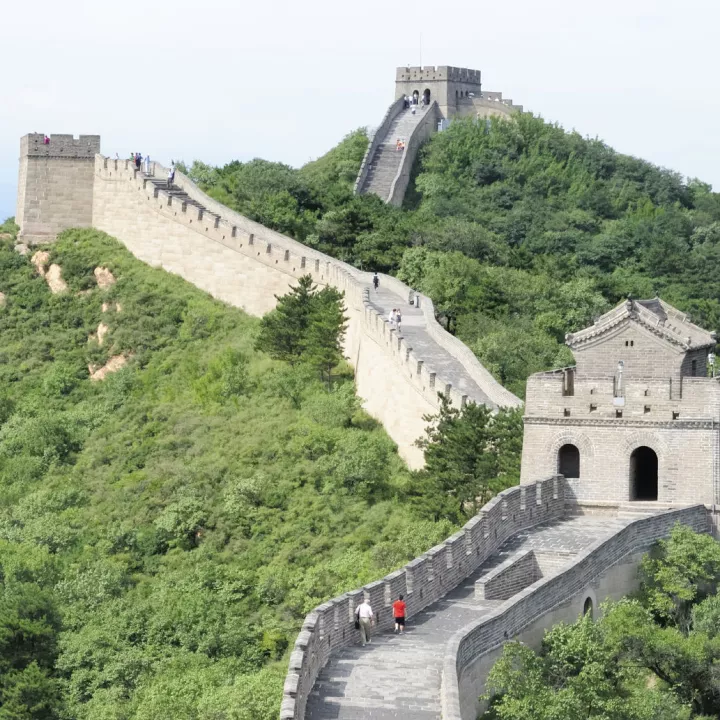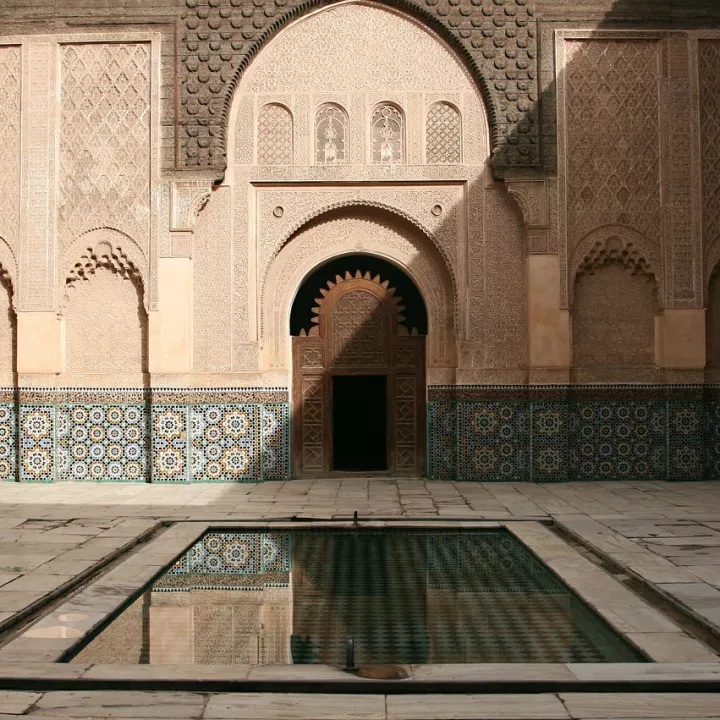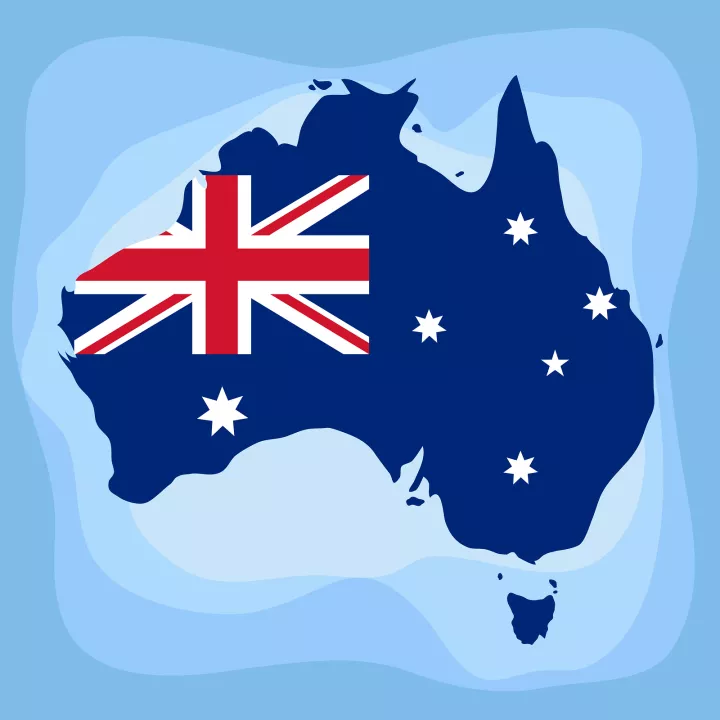Important update from TheSchoolRun
For the past 13 years, TheSchoolRun has been run by a small team of mums working from home, dedicated to providing quality educational resources to primary school parents. Unfortunately, rising supplier costs and falling revenue have made it impossible for us to continue operating, and we’ve had to make the difficult decision to close. The good news: We’ve arranged for another educational provider to take over many of our resources. These will be hosted on a new portal, where the content will be updated and expanded to support your child’s learning.
What this means for subscribers:
- Your subscription is still active, and for now, you can keep using the website as normal — just log in with your usual details to access all our articles and resources*.
- In a few months, all resources will move to the new portal. You’ll continue to have access there until your subscription ends. We’ll send you full details nearer the time.
- As a thank you for your support, we’ll also be sending you 16 primary school eBooks (worth £108.84) to download and keep.
A few changes to be aware of:
- The Learning Journey weekly email has ended, but your child’s plan will still be updated on your dashboard each Monday. Just log in to see the recommended worksheets.
- The 11+ weekly emails have now ended. We sent you all the remaining emails in the series at the end of March — please check your inbox (and spam folder) if you haven’t seen them. You can also follow the full programme here: 11+ Learning Journey.
If you have any questions, please contact us at [email protected]. Thank you for being part of our journey it’s been a privilege to support your family’s learning.
*If you need to reset your password, it will still work as usual. Please check your spam folder if the reset email doesn’t appear in your inbox.
Homework Gnome: Geography
Help with primary-school geography homework

As well as being a compulsory national curriculum subject, Geography is a really important and exciting area of learning and your child will cover a variety of different topics throughout primary school. A new national curriculum for geography was introduced in September 2014.
From studying the local area to learning about other places in the world and comparing the lives of people who live there, as well as examining different natural habitats, your child will be encouraged to do their own research and use a variety of different resources.
At some stage, you'll need to support your child with their geography homework, perhaps helping them research a topic, create a poster or presentation, look at maps together or even visit areas of local interest or museums.
Whatever topic your child is learning about in KS1 geography or KS2 geography, Homework Gnome is a great place to start! You'll find pages on many of the geography topics commonly taught in primary school, all covered in an age-appropriate style, with information, images and videos suitable for primary school children*.
To get started, just look through the list below to find the geography topic your child is studying at school now.
Habitats
Human habitats
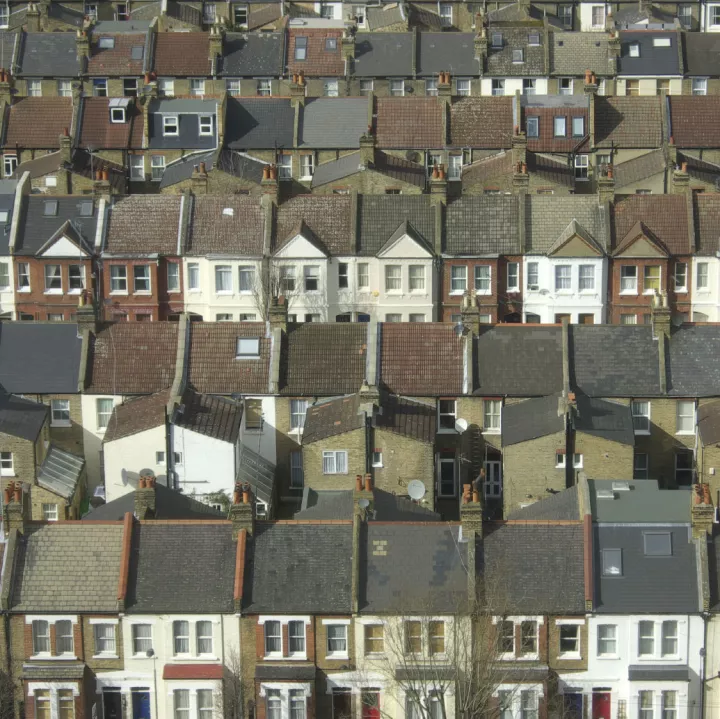
Find out about the different types of places that humans live, the features that all human habitats share and how they adapt their habitat to the local environment.
Rainforest habitats
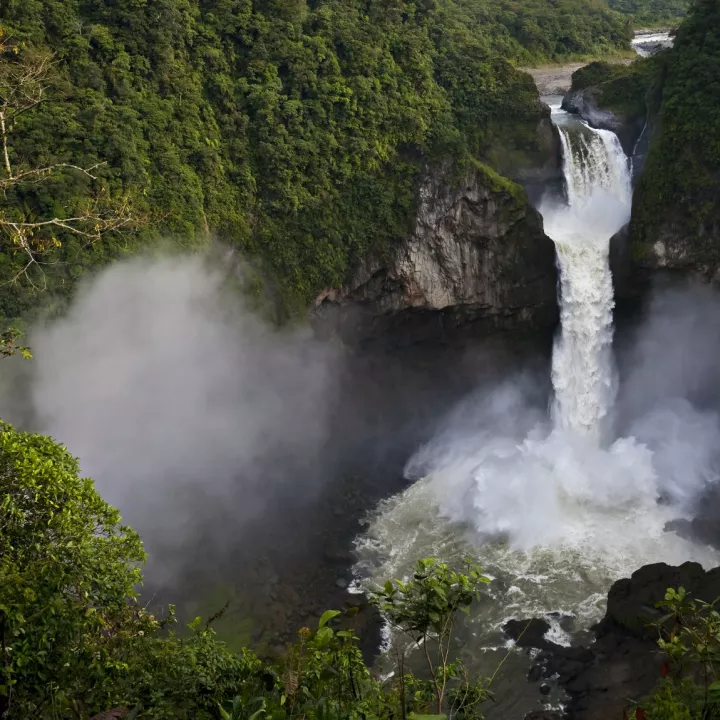
Discover the secrets of the rainforests, what trees, plants and animals live there, and why they are so important to the planet.
Polar habitats
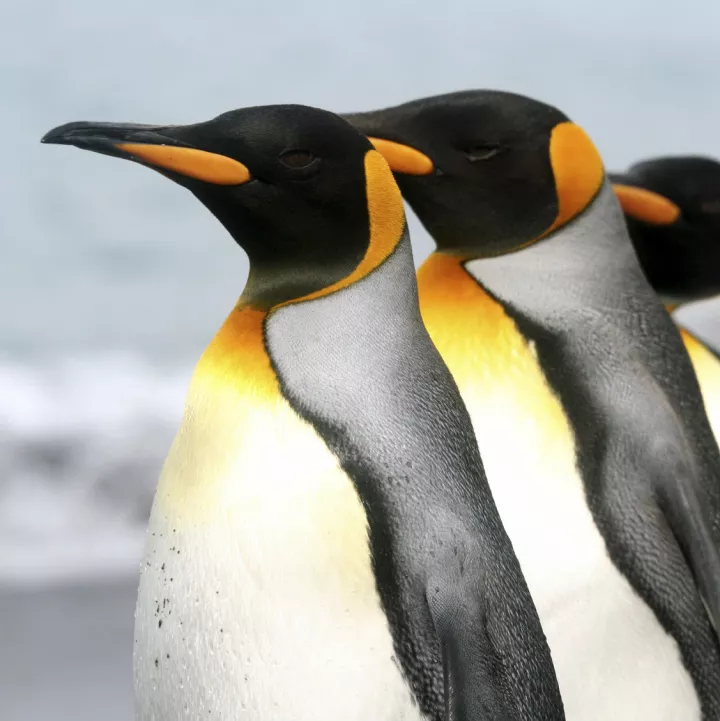
How cold does it really get in polar regions? How do animals survive there? And why is global warming such a danger?
Marine habitats
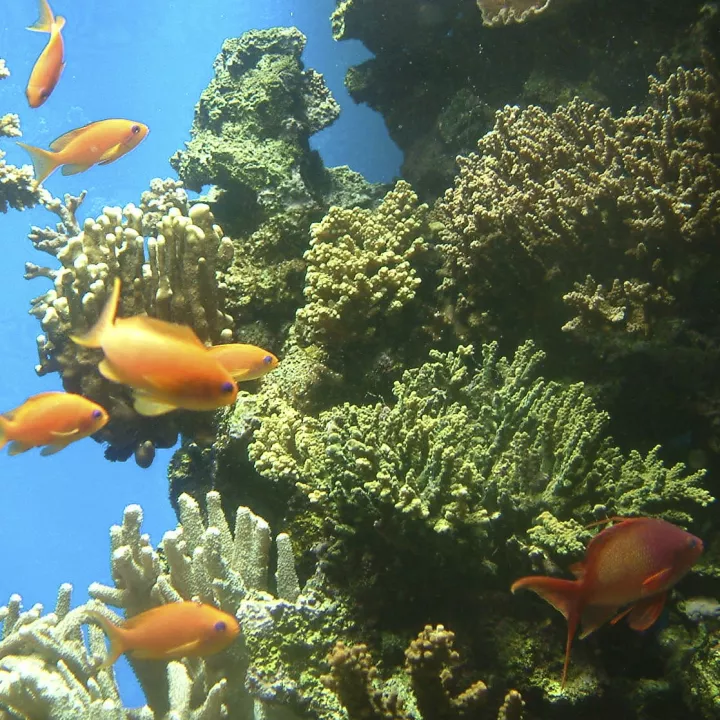
They cover 70% of the earth's surface and are teaming with plants and creatures... find out what's going on under the water.
Grassland habitats
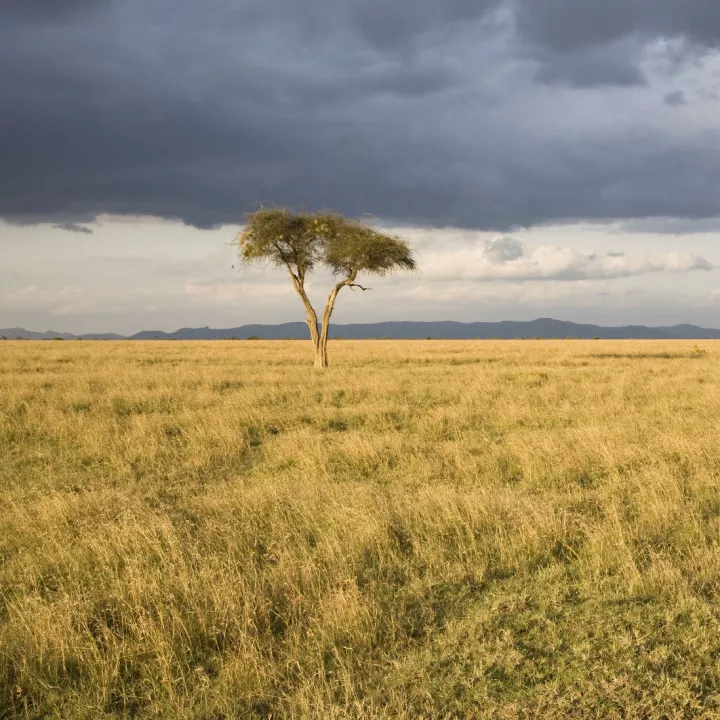
There's more than just grass to discover in grassland habitats. Read about the different types of grassland habitats and what animals call them home.
Forest and woodland habitats
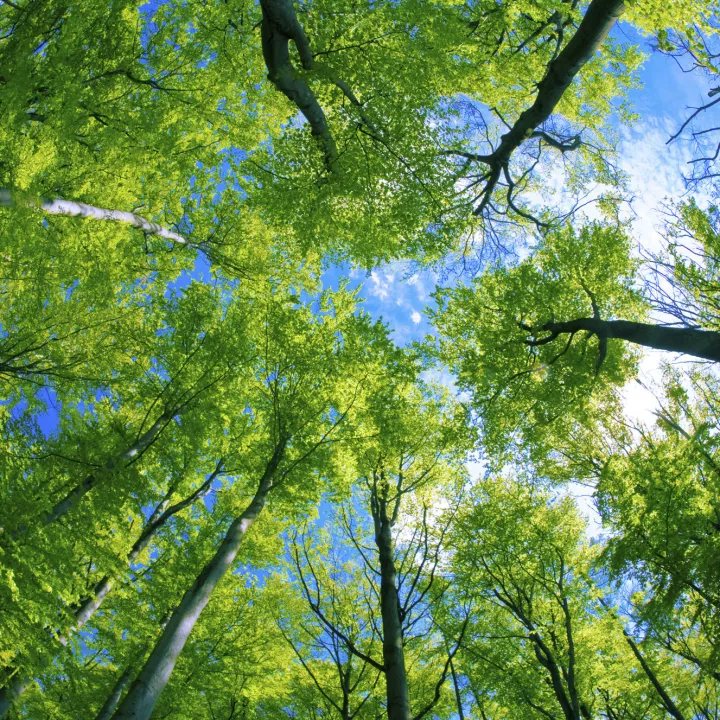
Learn about the difference between coniferous and deciduous forests and the creatures that live amongst the trees.
Desert habitats
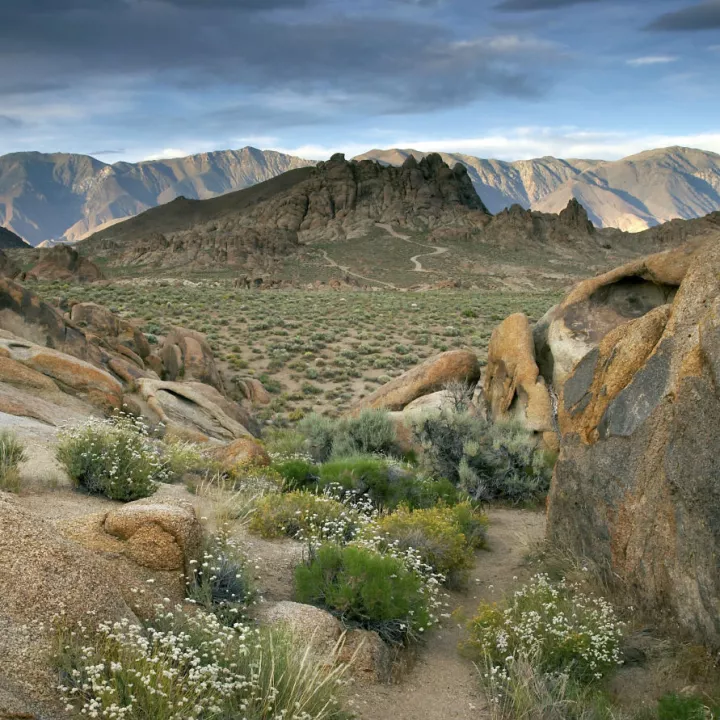
They have lots of sand and not much water.. but there is a lot more to deserts than meets the eye. Find out more...
Food and farmland
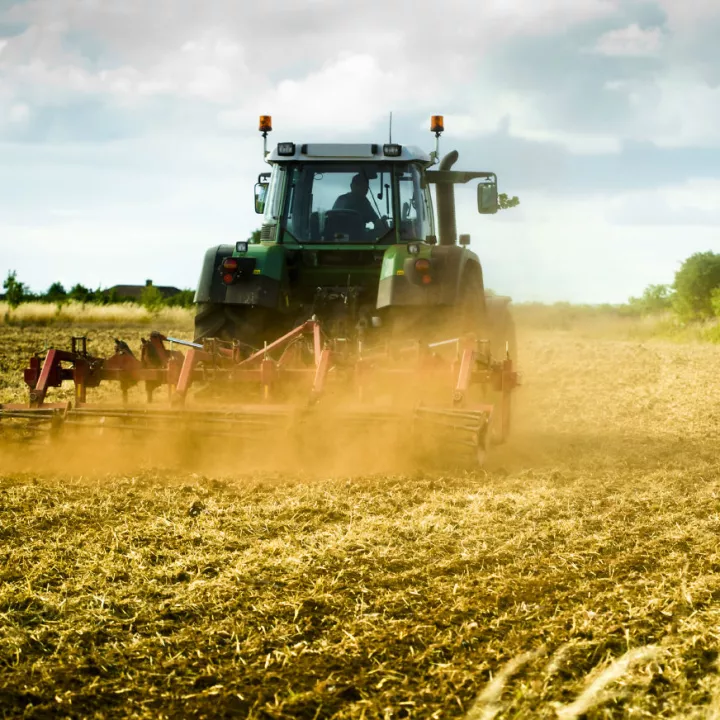
Learn about the types of food we need to eat to stay health and where the food we eat comes from.
The natural world
Mountains
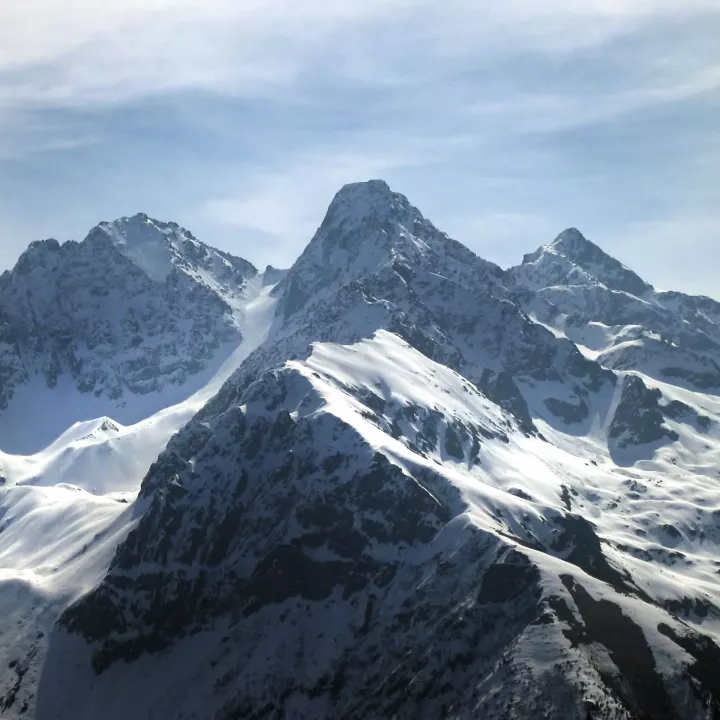
Uncover fascinating facts about mountains – how they form, the different types of mountains and what it's like to live on a mountain.
Volcanoes
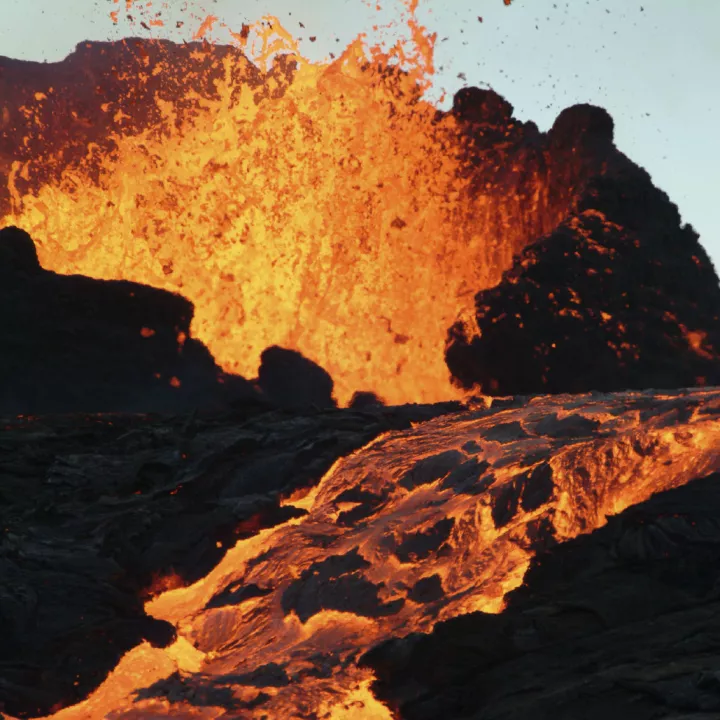
Discover how a volcano is created, what they are made of and what happens when they erupt!
Islands and continents
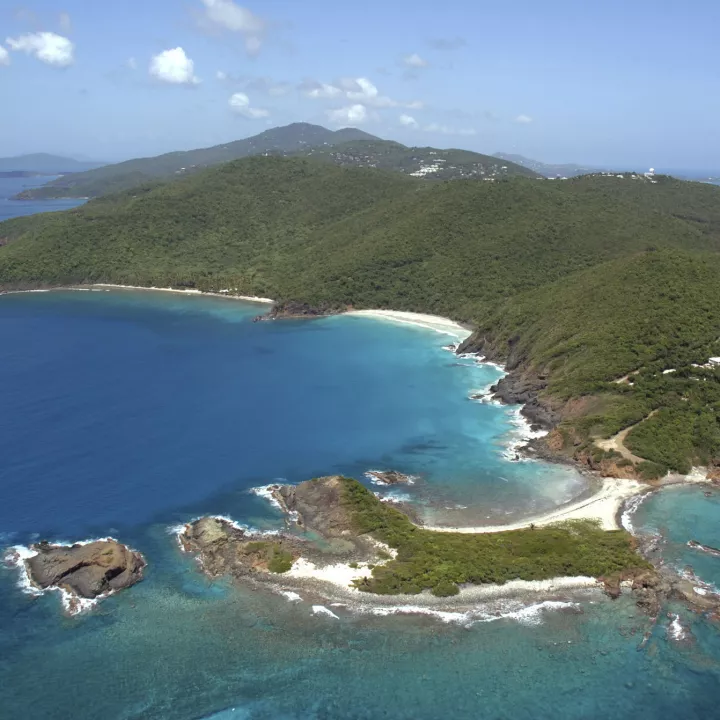
Do you know how islands and continents are formed? Can you name the different types of island? How many islands and continents are there? Read on to find out...
Water and the water cycle
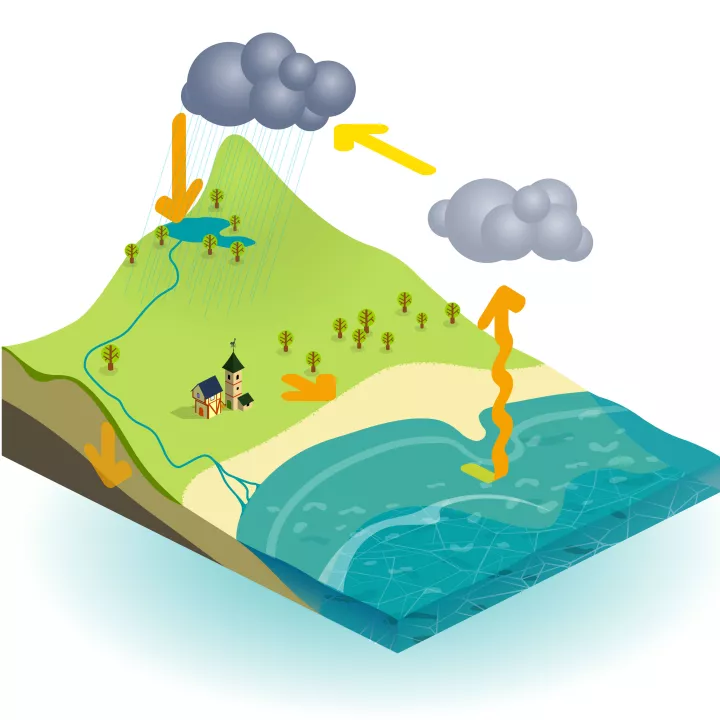
Discover why water is vital for all living things and what the water cycle is.
Rocks and soil
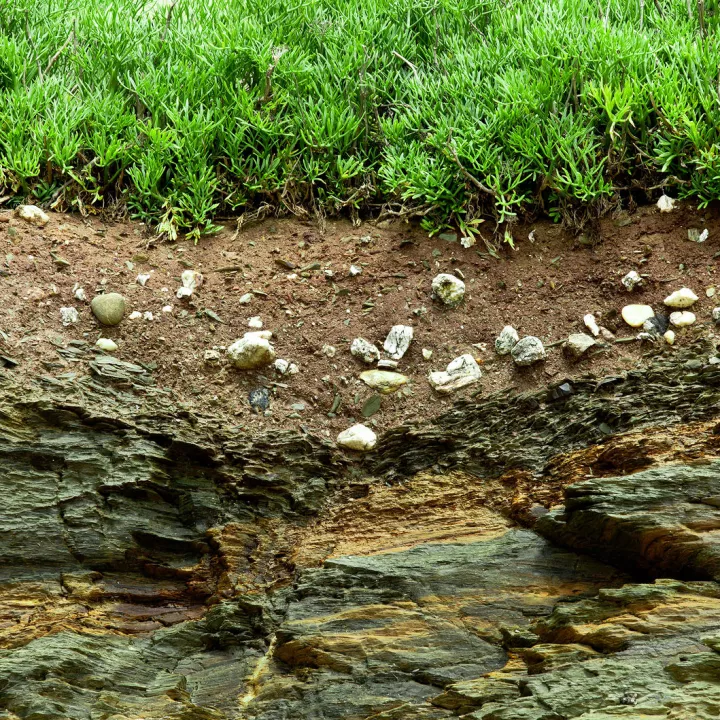
You'll be amazed to discover all the different types of rocks and soil – and just how old some rocks are!
Countries and festivals
India
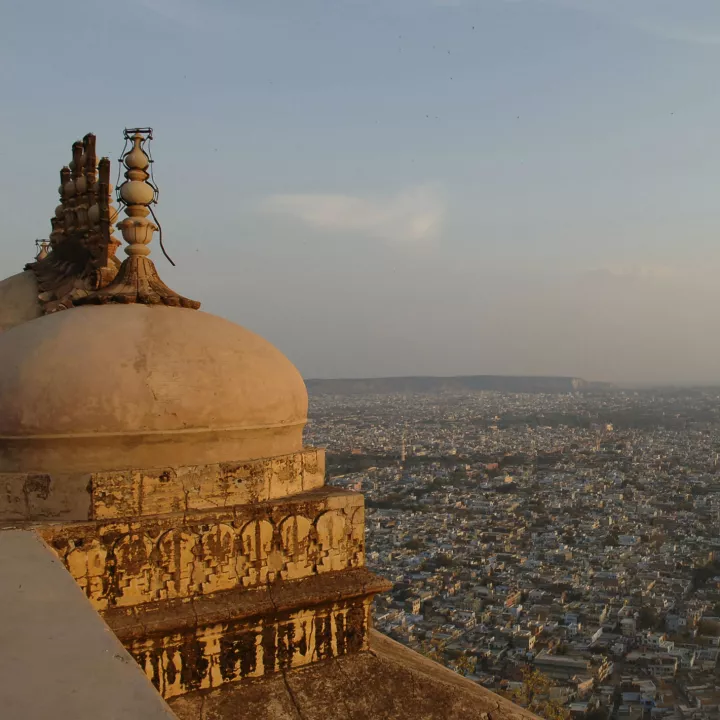
Read all about the country, the people who live there, the languages they speak and the religions they follow.
Brazil
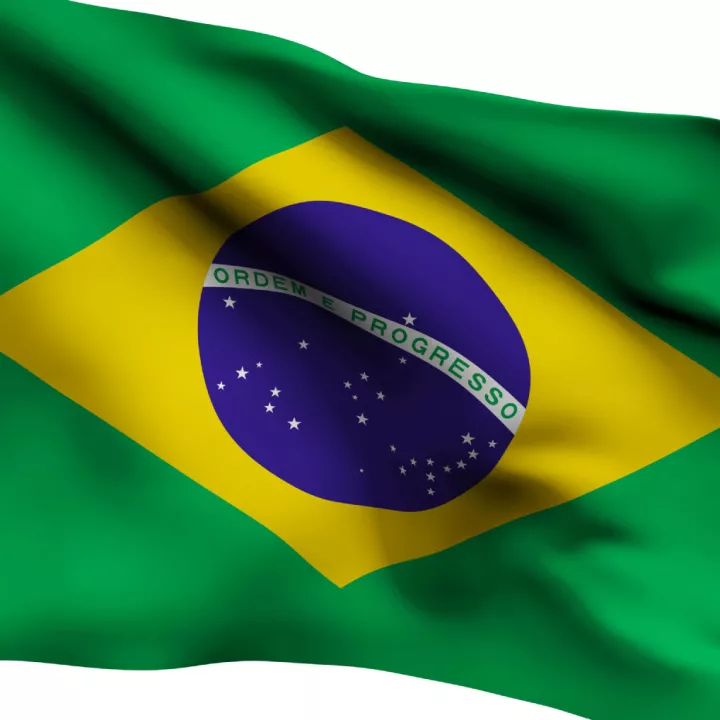
Find out all about this South American country, what it's like to live there and meet some famous Brazilians.
Japan
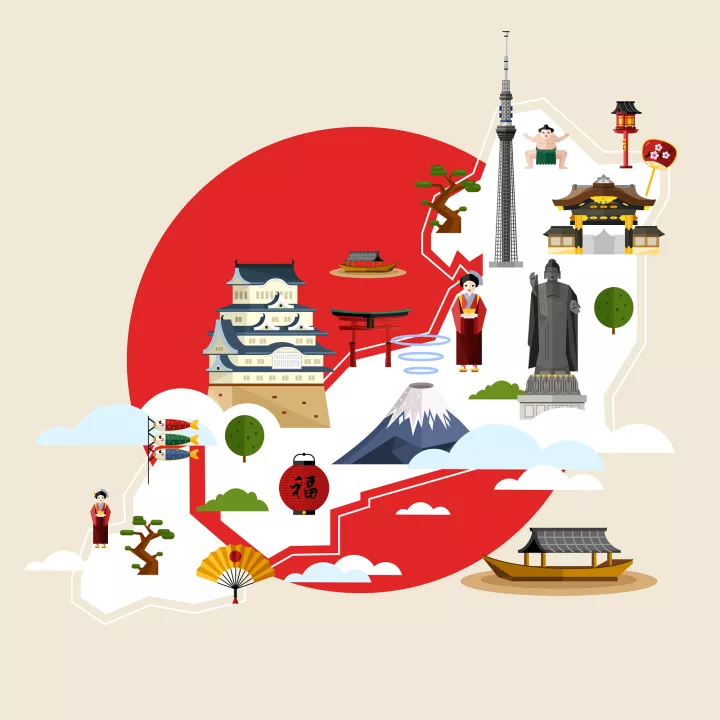
Home to high-rise cities, thousands of shrines and temples and mountainous national parks, Japan is an Eastern Asian country in the Pacific Ocean. It is one of the most technologically advanced countries in the world.
South Africa
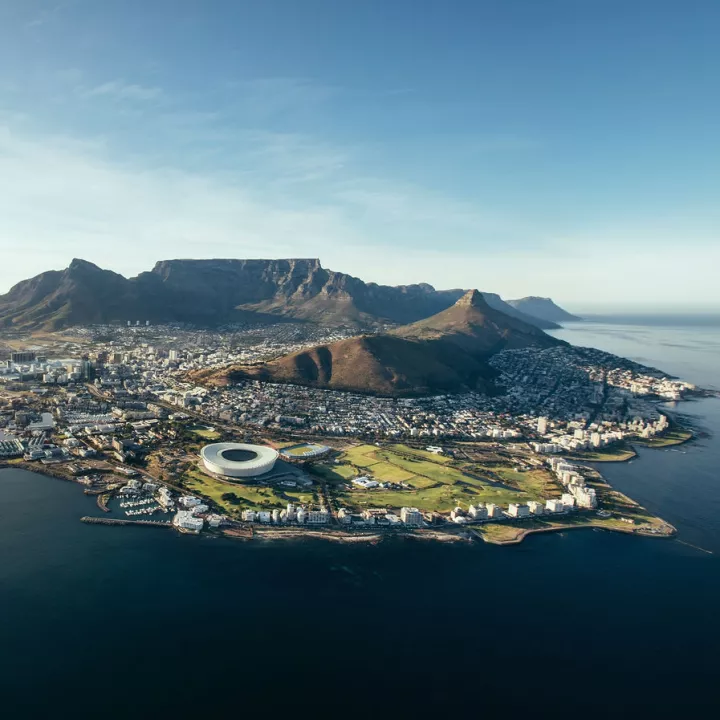
The "Rainbow Nation" is home to world-famous wildlife reserves, national parks and a huge coastline and is the southern-most country of the continent of Africa. Statesman Nelson Mandela was South African.
Russia
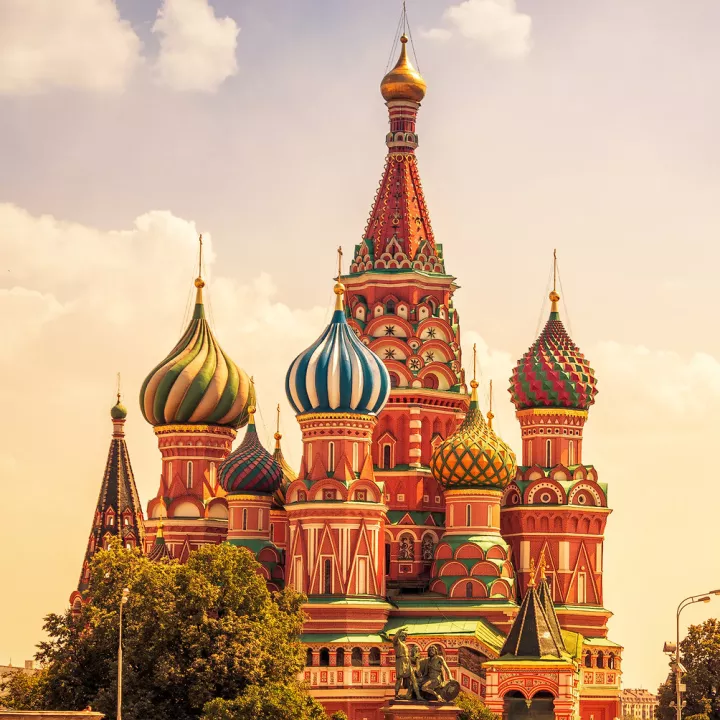
The largest nation in the world, with land in both Europe and Asia, Russia is one of the world's richest and most powerful countries. Find out more about the huge changes it has undergone in the last century.
United States of America
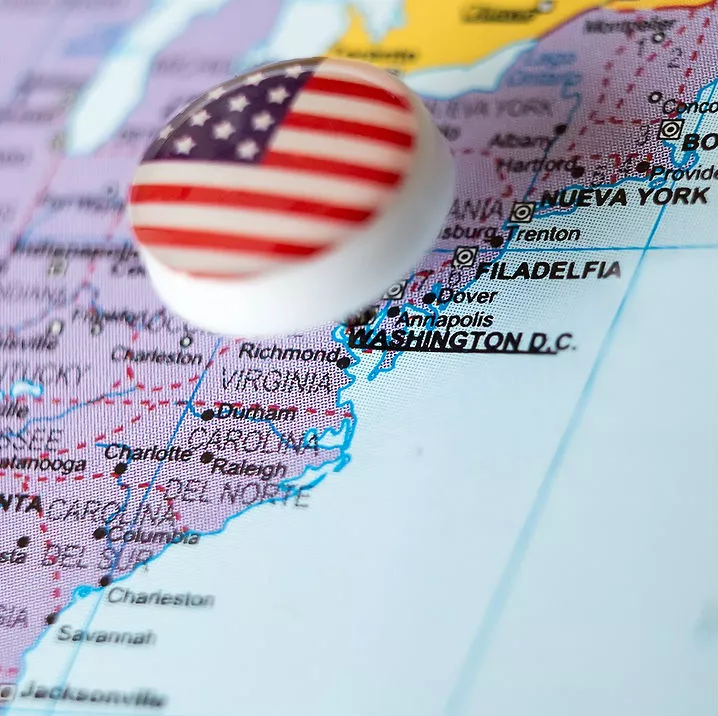
A leading economic and political power, the USA is the fourth-largest country in the world. Find out more about the 50 states and the diverse landscapes, cultural traditions and people who live in the United States.
Canada
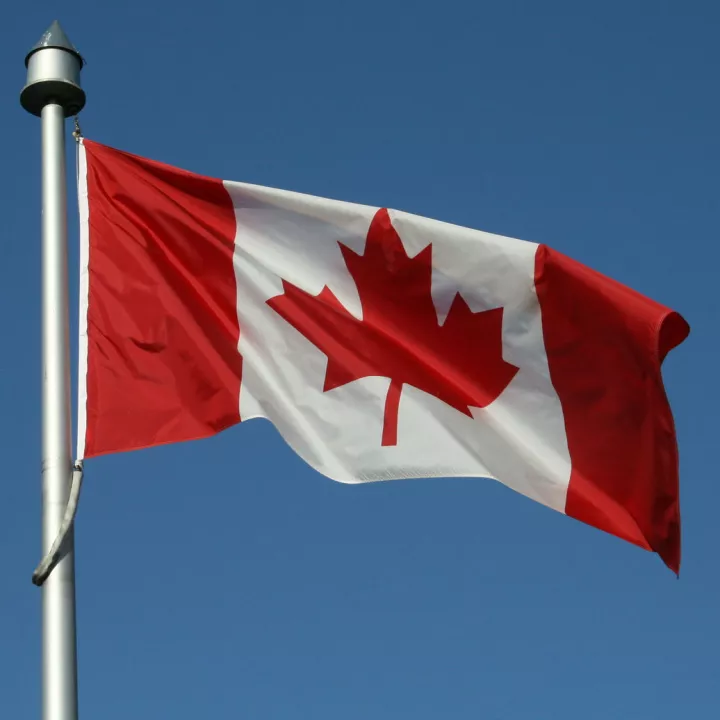
An enormous country with the longest caostline in the world, Canada offers vast, beautiful landscapes, from the empty frozen north to the populated cities of the south.
The environment
Conservation and endangered species
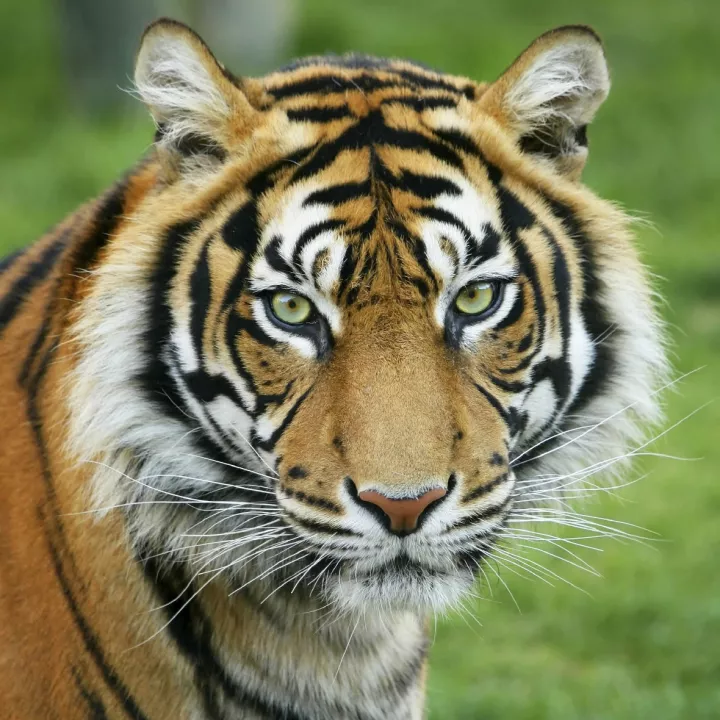
What does it mean if a plant or animal is in danger of becoming extinct and how do we protect them?
Caring for the environment
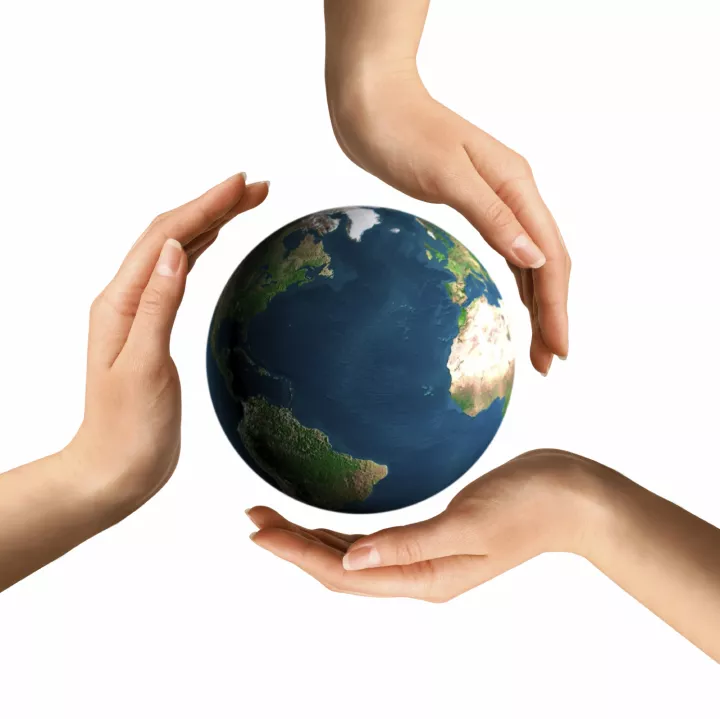
We only have one planet and it's important that we protect it. Find out how we can keep the Earth healthy and see how green you are.
Animal adaptation
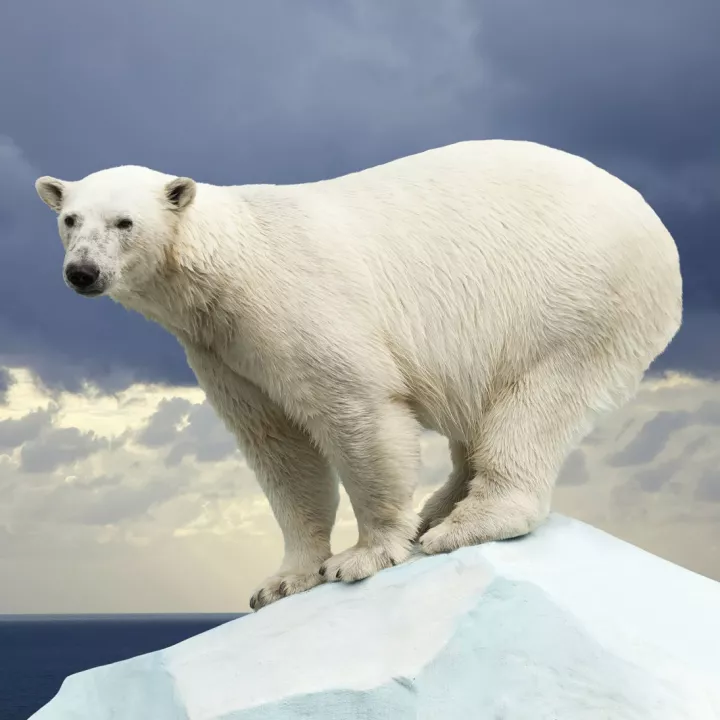
Look anywhere in the world and you'll find animals that have adapted to even the harshest environments. Discover how and why they do it.
Fair trade

Find out what makes some trade 'fair' and other trade 'unfair' and what the Fairtrade Mark means.
Countries: Europe
Scotland
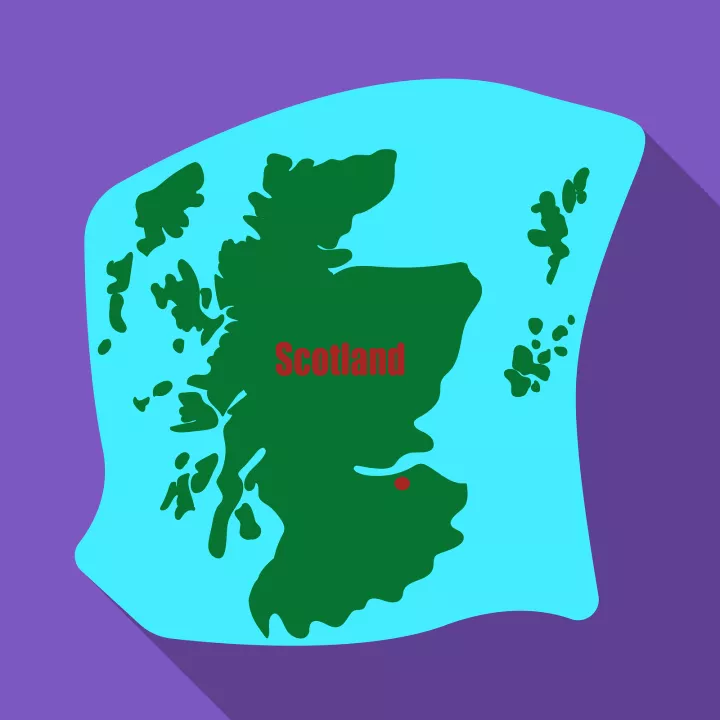
Scotland is part of the United Kingdom and is the most northerly country in the UK. World-famous for kilts, bagpipes, haggis and outstanding natural beauty, Scotland is a country that boasts much culture and tradition.
Wales
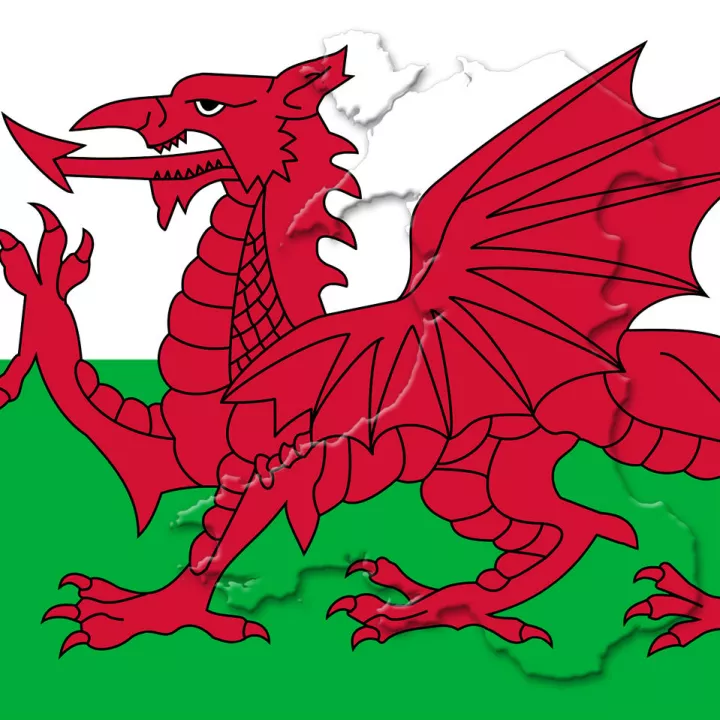
The country of Wales (or Cymru in Welsh) is part of the United Kingdom. It is a country famous for its hills and mountains with Mount Snowdon being the highest and most well-known peak. The capital city is Cardiff.
England
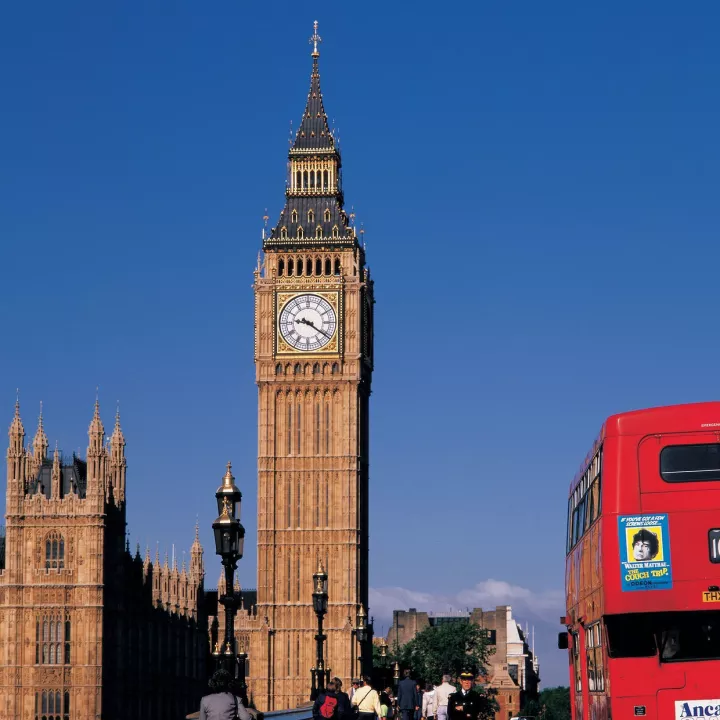
The largest country in the United Kingdom (UK), England is rich in history and culture and boasts some of the most famous writers, singers, scientists and sports personalities worldwide.
Northern Ireland
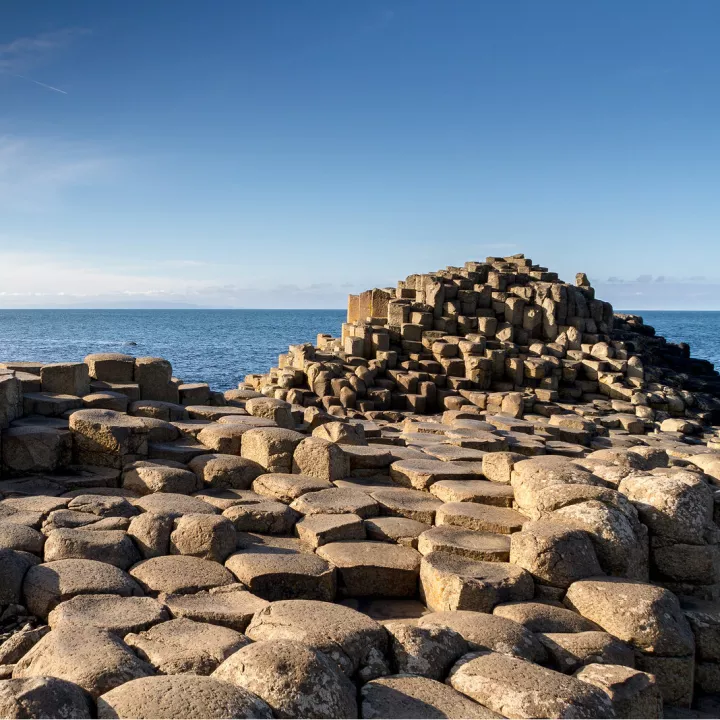
The smallest country in the United Kingdom, Northern Ireland is part of the UK along with England, Scotland and Wales. It takes up one-sixth of the island of Ireland, while the rest of Ireland is an independent nation, the Republic of Ireland.
Ireland
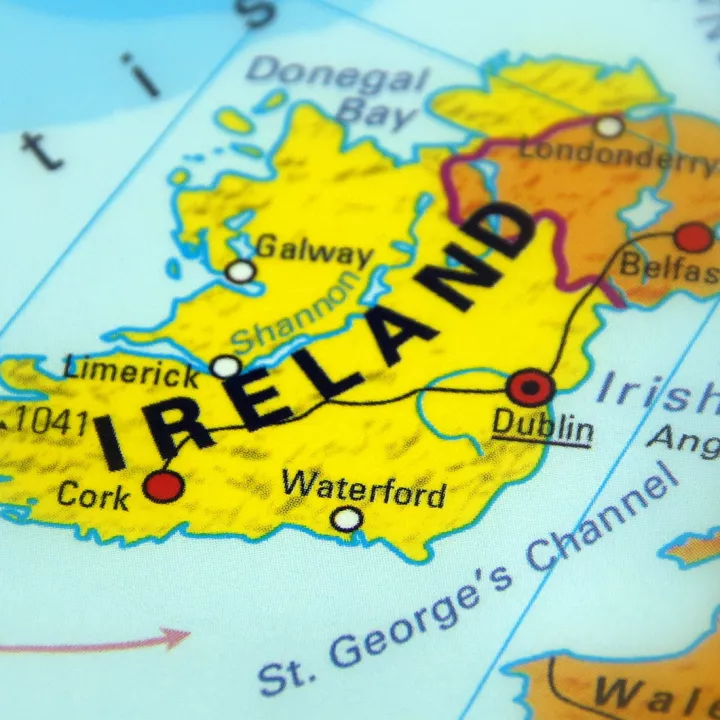
The "Emerald Isle" of Ireland, with its wide expanses of lush, green fields, is Europe's second-largest island after Great Britain. The Republic of Ireland covers most of the island of the same name but one-sixth is Northern Ireland, which is part of the United Kingdom.
Italy
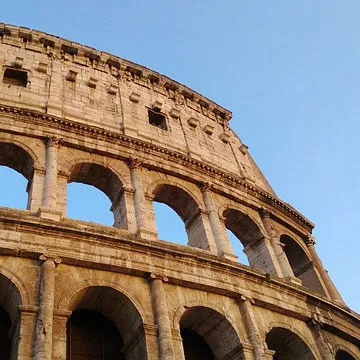
There's more to Italy than pizza and spaghetti. Find out about the country they call 'the Boot'.
Germany
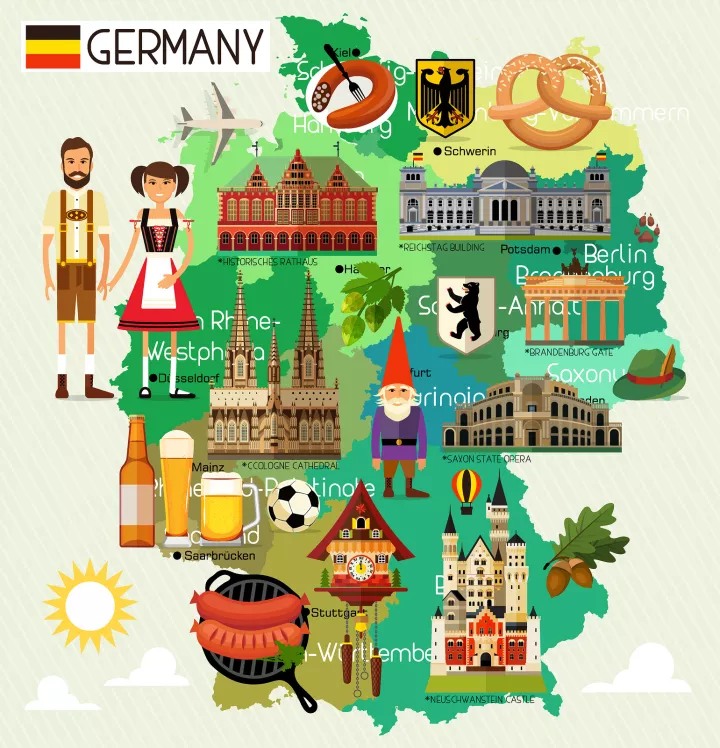
At the geographical heart of Europe, Germany is one of the world's richest nations, one of Europe's largest countries and Europe's leading industrial power.
Poland
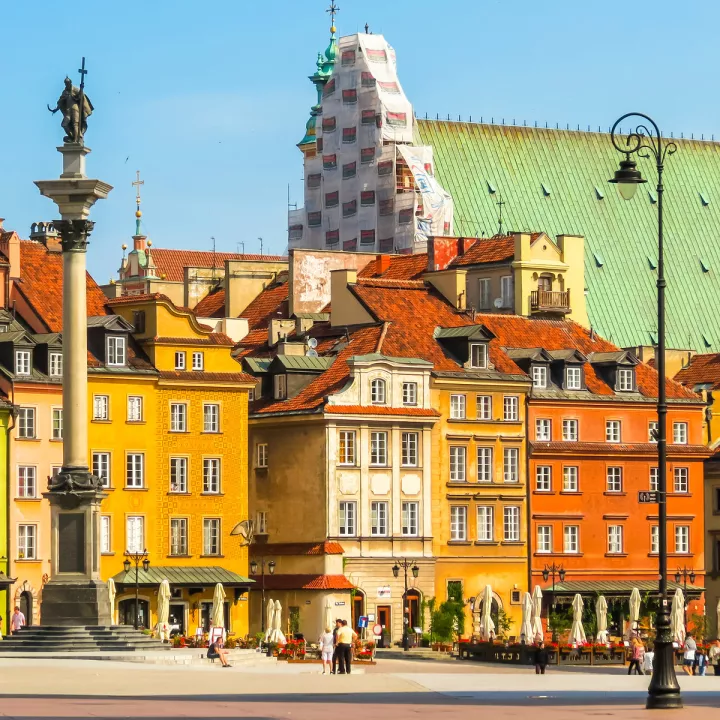
A large country in Eastern Europe, Poland has borders with seven other European countries and a population of almost 40 million people. Today it is known for its music, food and beautiful cities.
France
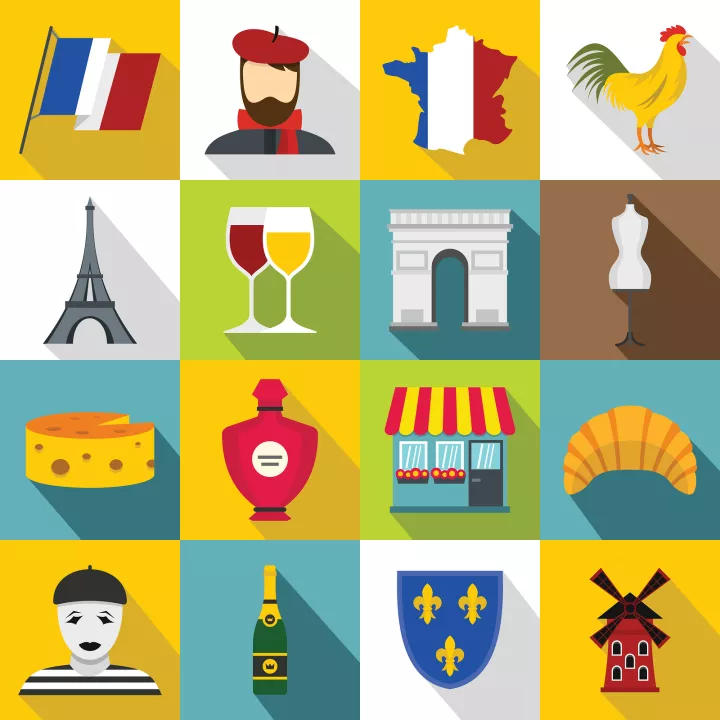
France is the third-largest country in Europe, about twice the size of the United Kingdom. It is the most visited country in the world, with more than 80 million tourists a year!
Spain
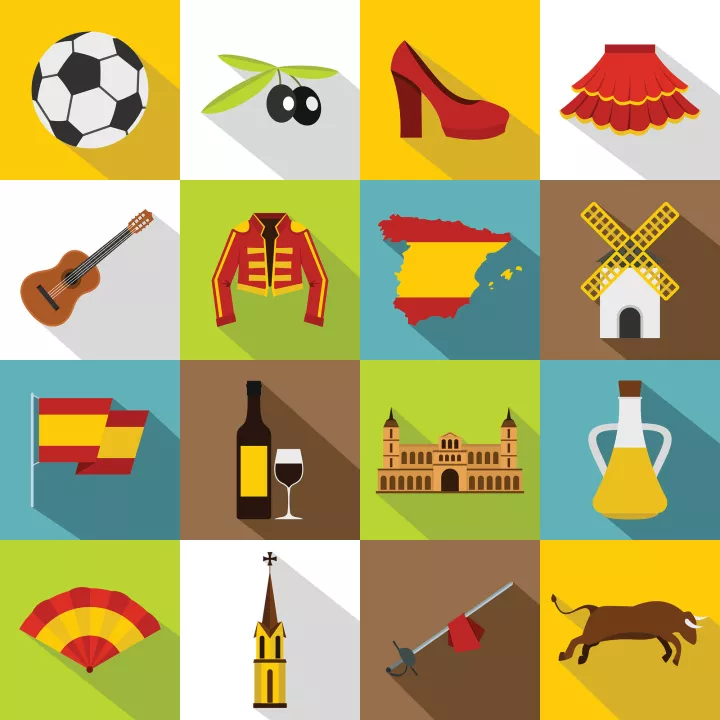
A land of beautiful landscapes, rich culture and wonderful food, Spain is a large country in south-west Europe. Two groups of Mediterranean islands, the Balearics and the Canaries, also belong to Spain.
Portugal
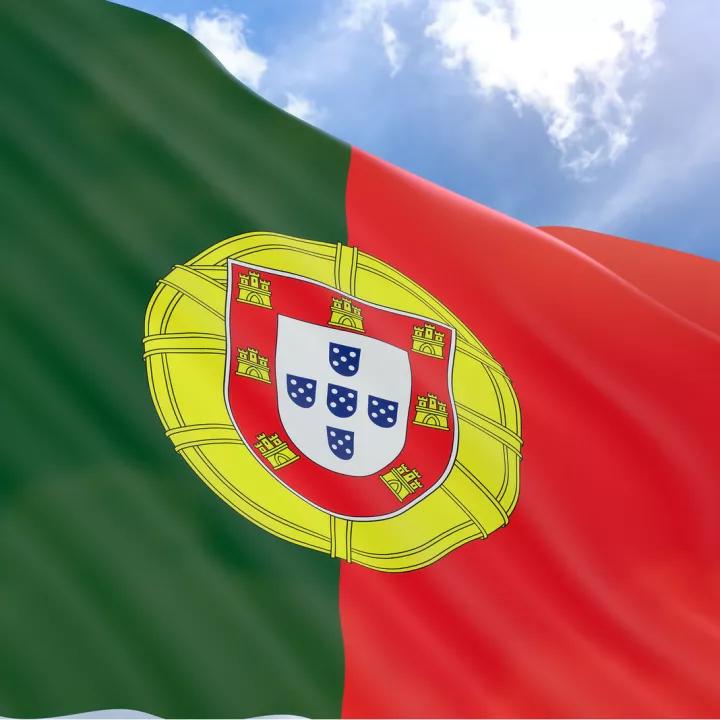
Portugal is a country in western Europe. It has a long history of world exploration and discovery; in the 15th and 16th centuries the Portuguese Empire stretched from south America to parts of China.
Sweden
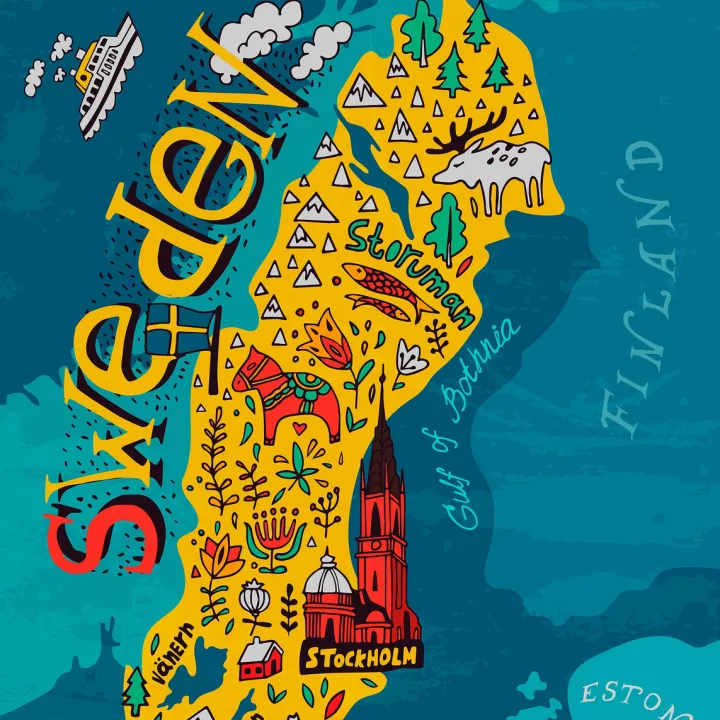
The largest country in Scandinavia, Sweden is a place of outstanding natural beauty, famous for its lakes, mountains, forests and islands.
Can't find what you're looking for?
We're adding new geography homework help topics all the time, so keep checking back. If there is a topic you think is missing, email us on [email protected] to let us know.
*Please note: the Homework Gnome features a number of links to external websites, chosen for their editorial relevance of the topics and suitability for children. External links are selected and reviewed when the page is published, but TheSchoolRun cannot be responsible for the content of external websites. For more details see our Terms and conditions.
